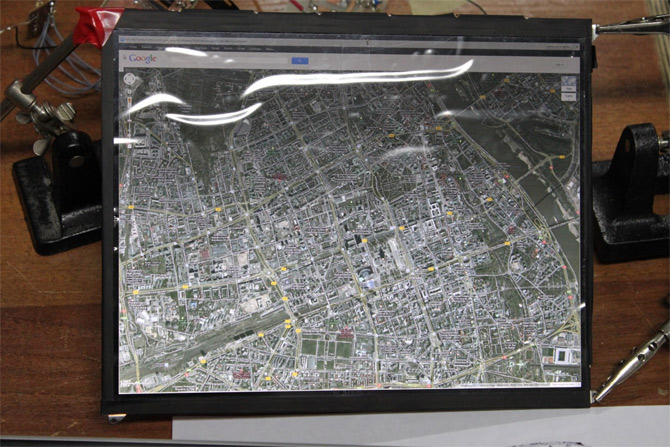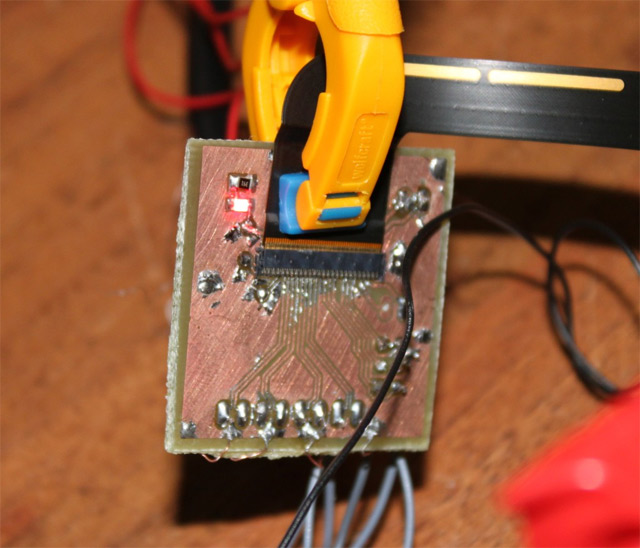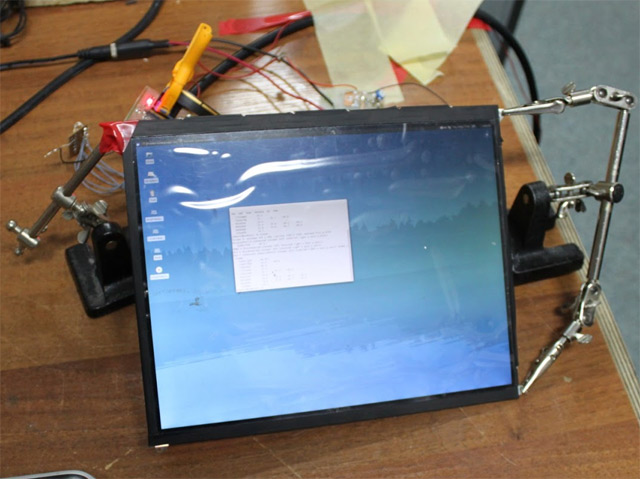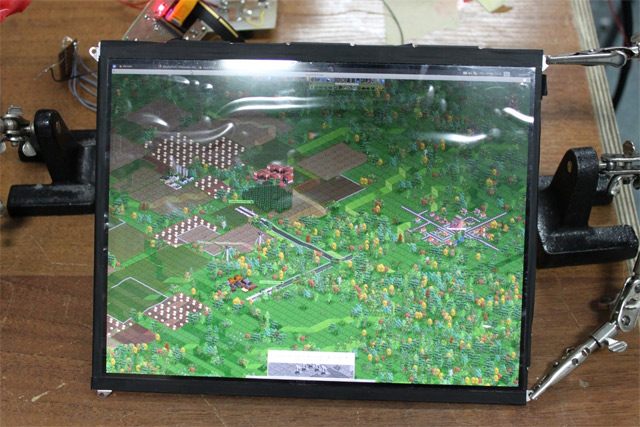Connecting an LCD panel from an iPad to a personal computer

It is a pity to throw a broken laptop or tablet out, especially if the motherboard / video card / processor burns out and the display is in perfect order. In this case, there is a way out: you can connect the LCD from a mobile device as a second / third screen to a personal computer. The LCD from the latest iPad models with a size of 9.7 "and a side resolution of 2048x1536 is best suited. Warsaw University student Andrzej Surowiec managed to connect the iPad 's retina display to a PC via DisplayPort at maximum resolution.
A broken iPad with a working display can be bought for ridiculous money. Moreover, you can directly order this item from China, it will cost about $ 55. So this trick is even cost-effective: you can’t buy a PC display with this resolution even cheaper.
A Polish student bought a panel LP097QX1-SPA1 made by LG for his conceptual project . This is not an exclusive item for Apple. In addition to iPad tablets, it is put in some other Chinese-made tablets.
The LCD panel is equipped with the eDisplayPort interface, which replaced LVDS, and the essence of this hack is to connect the eDisplayPort to the standard DisplayPort on the video card of a personal computer.
The author could not find evidence on the Internet that eDisplayPort is compatible with DisplayPort, so I decided to test it myself by connecting the wires from the cables through a makeshift interface board.

The cheapest iPad LCD adapter is the Molex 502250-5191, which costs about $ 7. Then the wires on each side are simply soldered to the corresponding contacts on the makeshift board. The scheme can be taken on github .
The electronics of the LCD panel itself can be powered directly through the interface board, it needs only 3.3 V at 500 mA. But some kind of external power supply is required for the backlight, because the backlight consumes up to 4.4 watts. Rummaging through the schemes of the iPad 3, the author managed to find information that the screen backlight consists of 12 rows of white LEDs of 6 pieces each, and together they need a 20 V power supply. In the experimental model, the author did not bother with a beautiful circuit, but simply put through a 68R resistor to each cathode, so that each row of LEDs pulled 17 mA. The voltage of 20 V can be obtained from a five-voltage source through a step-up converter TPS61175.
Oddly enough, this whole design worked without glitches like a regular computer display.



